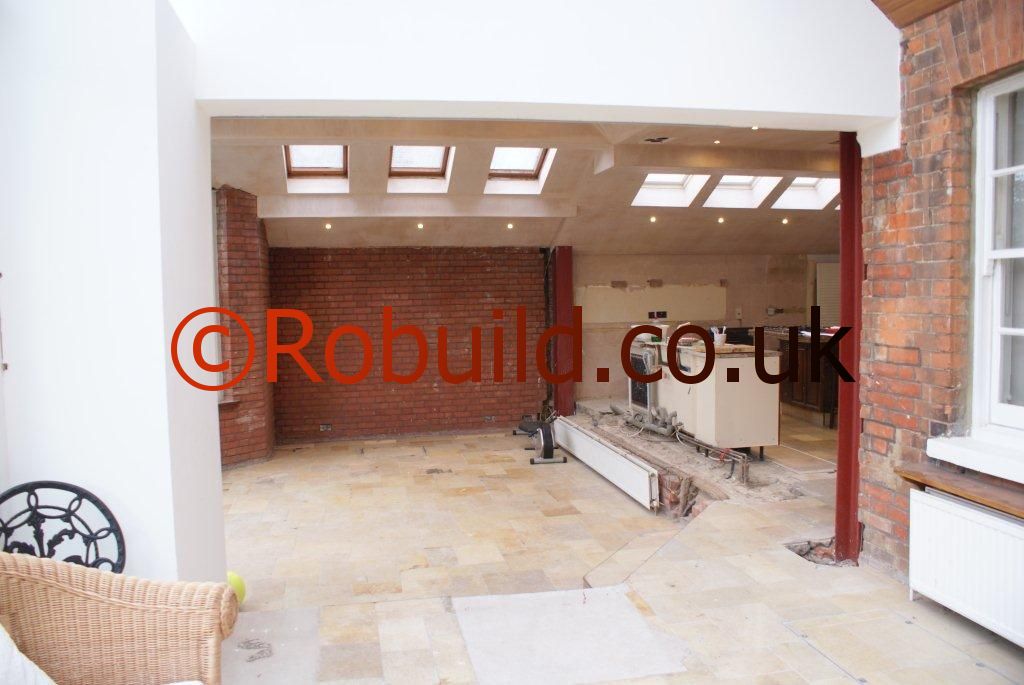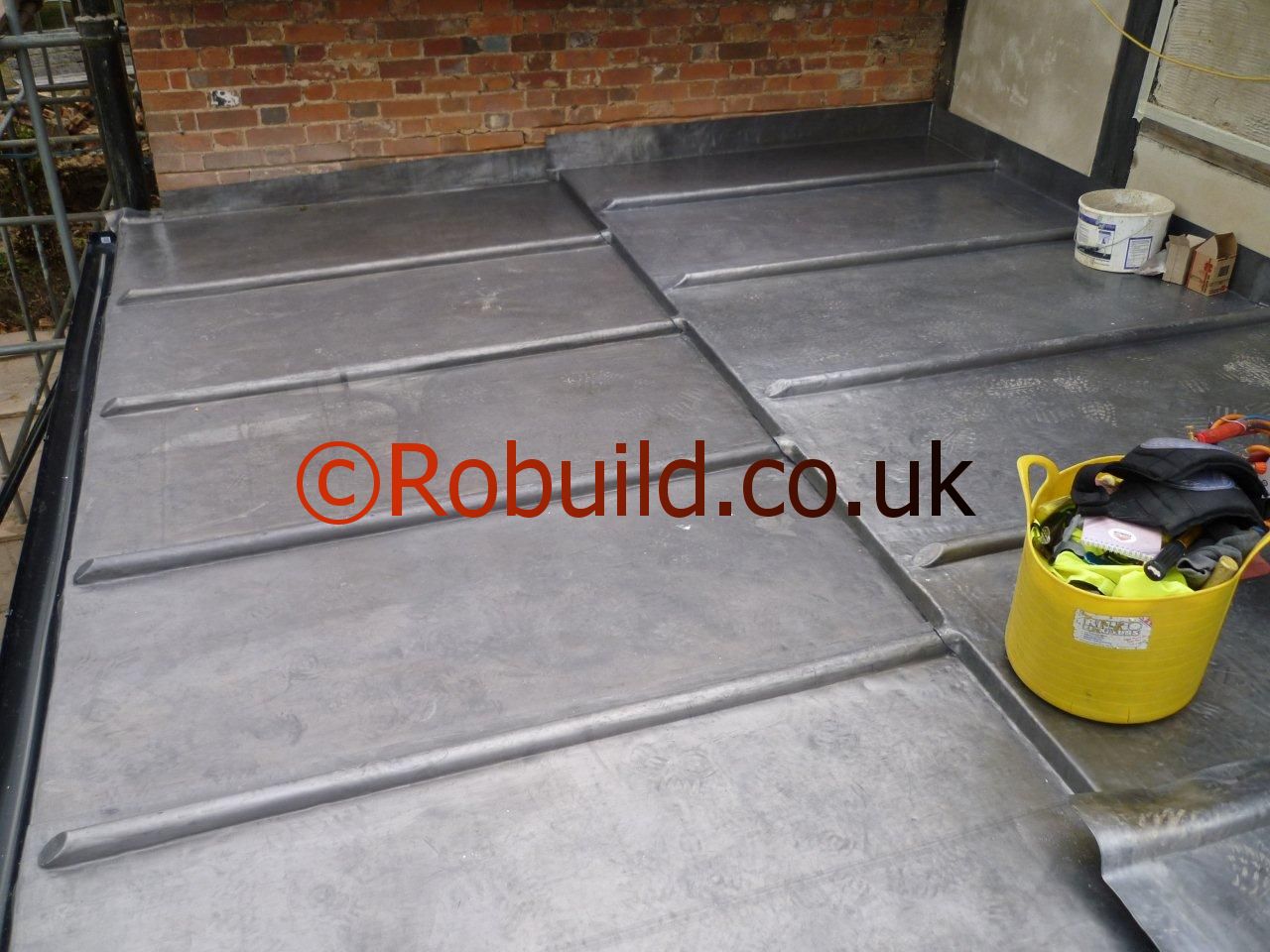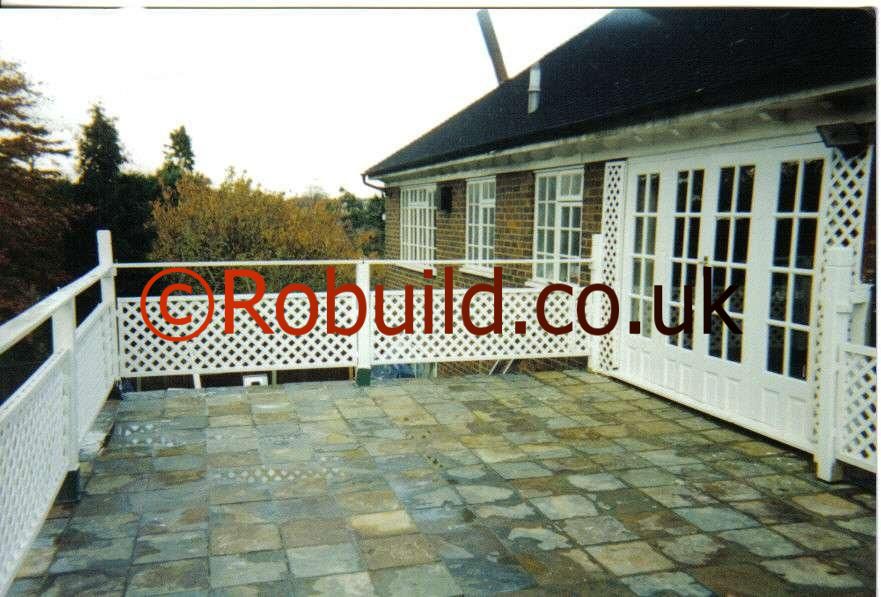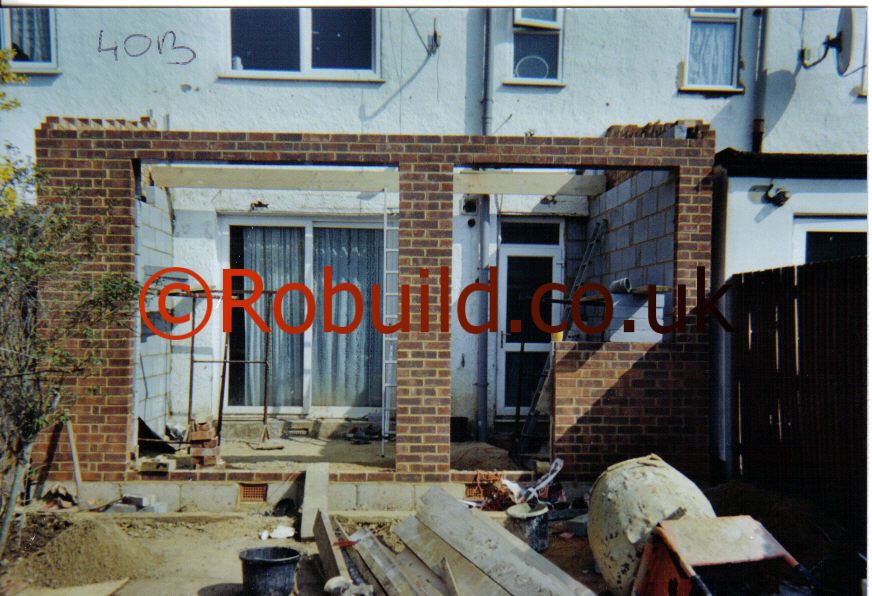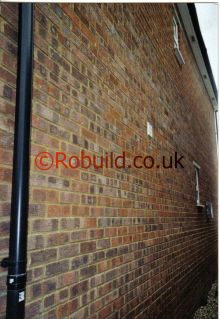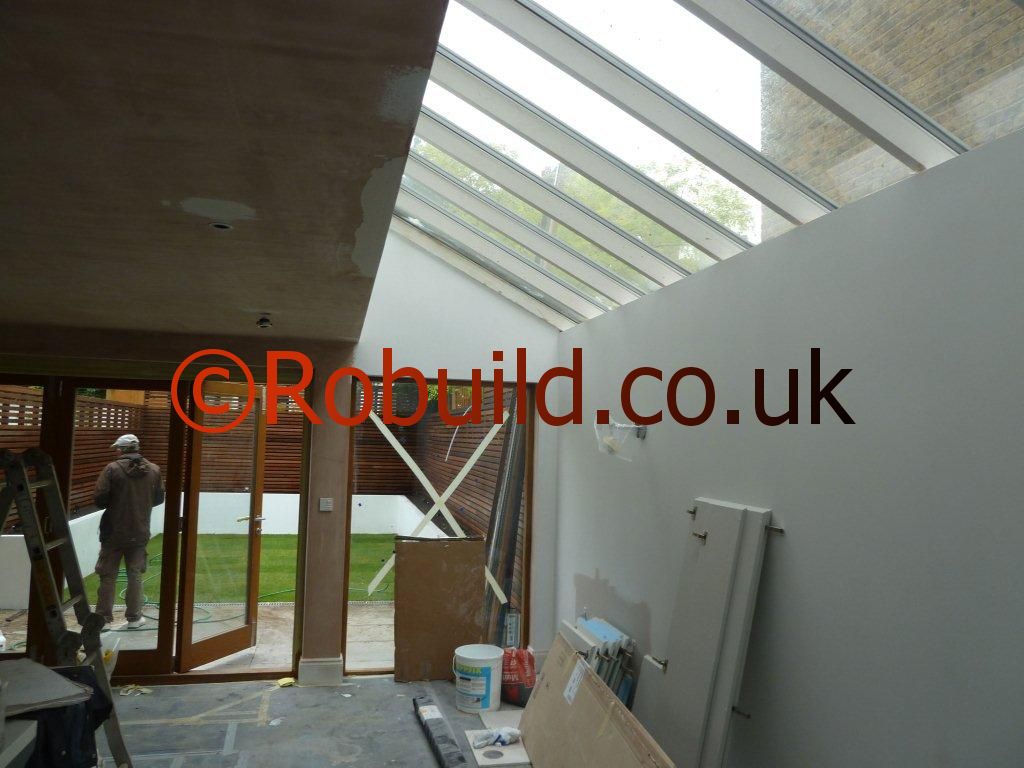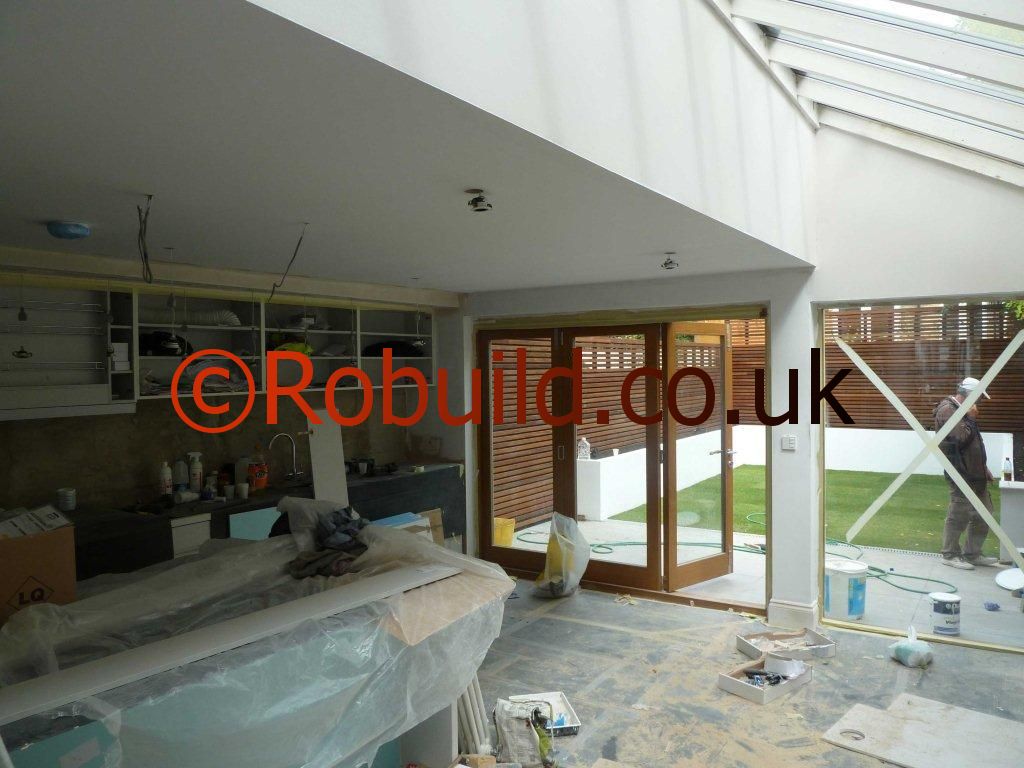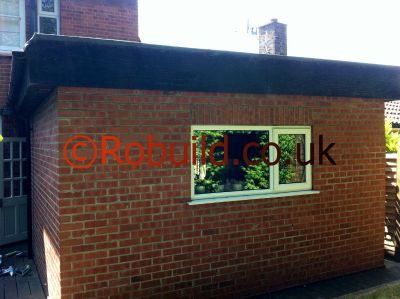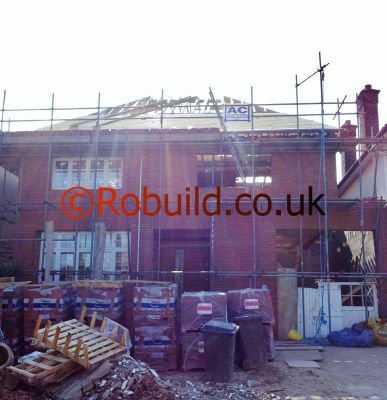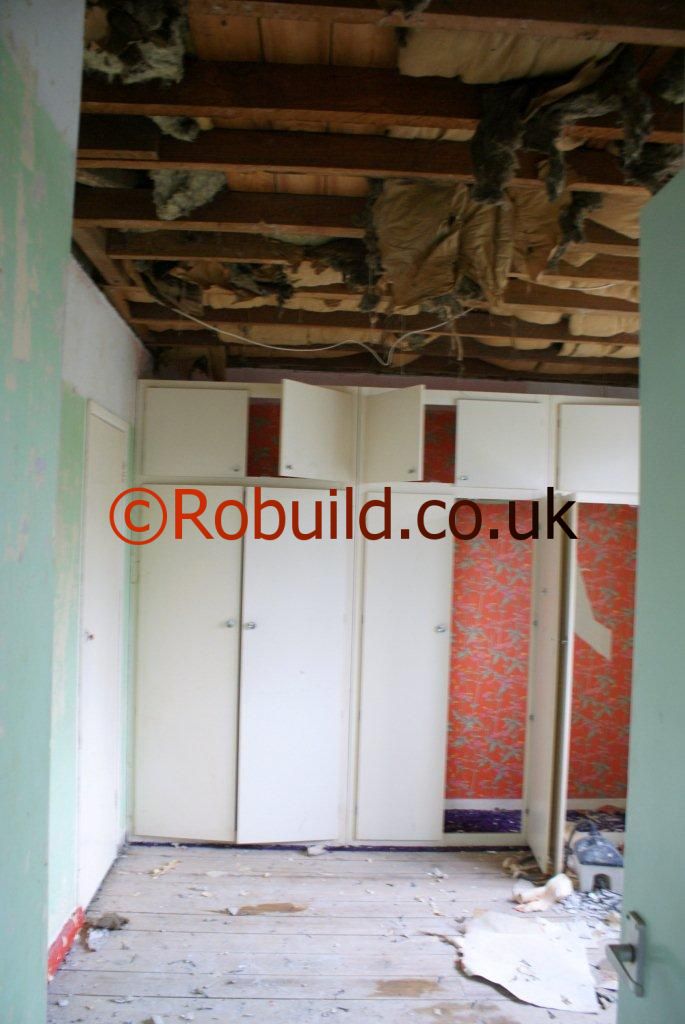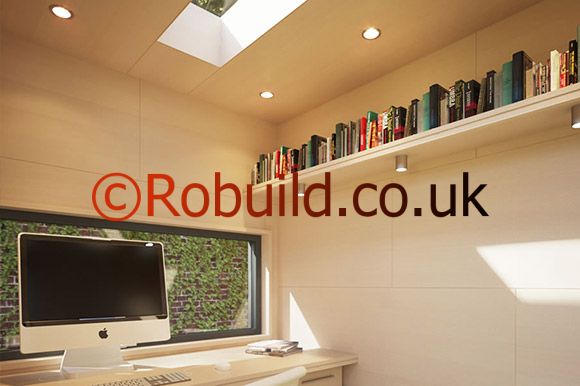Heating costs rise with the warm air if heat is allowed to escape through the roof. By insulating the loft area you can keep down the bills and hold heat where it belongs – in the house. A loft that is not insulated accounts for a heat loss of about 25 percent in the average size house. Several forms of insulation are available and fall into two categories: loose-fill materials such as velmiculite granules and the mat type made from glass fibre or mineral wool. The materials we mention are all resistant to fire and you must check on the fire-resistance of any alternative product you consider buying. As a precaution,first treat all timber for woodworm.

Insulation slab
A versatile thermal and acoustic rock mineral wool insulation slab suitable for a wide variety of applications such as drylining, stud partitions, loft conversions, etc
Granule insulation
One advantage of using granules to insulate your loft is that they flow easily and smoothly and will fill any awkward spaces. They are also safe to handle since they do not contain any splinters or loose fibres.
Vermiculite
Expanded mica in granule form. this is supplied in easy-to-handle bags. The manufacturer’s instructions will give you a guide to the number of bags needed for specific areas. You should wear a mask and some form of eye protection when using vermiculite since it is a dusty material that easily gets into the atmosphere.
Laying granules
Pour vermiculite between the joists to a depth of about l00mm, which will bring it almost to the level of the joists. Level the granules to the required depth by dragging a T shaped piece of timber along the top of the joists. This can be made from any piece of scrap wood at least 150mm wide and 500mm long. You must cut the base of the ‘T’ to fit the gaps between the joists. Use a broom or rake for awkward corners.
Mat insulation
This form of insulation does not need to be laid as thickly as granules and should be used in lofts where there are gaps around the eaves, since wind might blow the granules about.
Glass fibre
The most economical form of mat insulation for loft spaces. It comes in thick rolls and is available in 400mm widths, equivalent to the space between roof joist in most houses, and can be cut quite easily with a large pair of scissors or a sharp knife. Even handled carefully, glass fibre can irritate the skin, so always wear gloves when working with it.
Mineral wool
Another mat type’ this is made from rock fibre and is handled in the same way as glass fibre.
Laying rolls
Place the roll of material between the joists and tuck the end under the eaves. Working backwards, unroll the material until you reach the other end of the roof. Cut it and tuck the end under the eaves as before. Lay the strip flat between the joists or, if it is a little wider, turn the sides up against the sides of the joists. Continue in this way until the whole loft area has been covered. If you have to join two strips in the middle of the roof butt them together.
Insulating awkward areas
You will find it easier to cover awkwardly shaped or inaccessible areas with granules. A l00mm thickness of granules is equivalent to 80mm of blanket materials in terms of effective insulation. Whichever method of insulation you use, don’t insulate under the cold water tank. You must allow a warm air current to flow from below to prevent the tank from freezing in cold weather. But don’t forget to insulate the loft flap or cover. Cut a piece of mat material to the size of the cover and stick it down with a latex adhesive. And when working in the loft, remember to tread only on the joists or on a board placed across them.
Other forms of insulation
Even more insulation can be provided if you make a floor to the loft by fixing panels of chipboard or planks of timber to the joists above the insulating material. This will also give you extra storage space, but you may have to strengthen the joists by spanning the load-bearing walls with large timbers before laying the floor if you want to put heavy items on it. Seek advice from a builder or your local authority. Heat loss through the roof space can be further reduced by lining the ceilings immediately below the loft with an insulating-type material such as expanded polystyrene or acoustic tiles. It should be emphasized, however, that this is not a substitute for loft insulation. Effective insulation of the floor will make the loft colder, so it is vitally important to ensure the cold water tank (except beneath it) and all pipes are thoroughly protected, otherwise they will be susceptible to frost damage.
Protection from frost
The type of loft most likely to suffer from frost damage is one with an unboarded tile-hung roof. If your roof has no close-boarding or roofing felt as is the case with many older houses – it is worth insulating it. Cut lengths of roofing felt about 200mm wider than the distance between the rafters. Lay one long edge onto the inside edge of one rafter, lay a 25 x 15mm batten onto the felt and screw through the batten and felt into the rafter. Use No 8 countersunk screws 25mm long spacing them at 300 380mm intervals. Don’t use nails as the vibration from hammering could dislodge and break the roof tiles. Stretch the roof felt across to the next rafter and fix the other edge onto the edge of that rafter, again screwing through a batten. Leave a space between the roof and the felt to allow air to circulate, otherwise you may find rot will form on the rafters. An alternative to roofing felt is tempered hardboard: butt-joint each panel of hardboard to the next by screwing it to the centre of each rafter with No 8 countersunk screws 25mm long. You may have to trim your cut panels so they fit neatly in the middle of each rafter. All this work can be done in easy stages; when you have finished, the roof space will certainly remain warmer in winter and will also be much cleaner – an important consideration if you are using the loft for storage.


